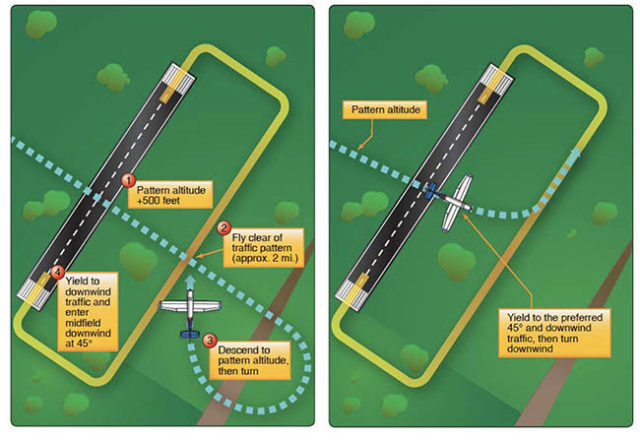It's much easier and safer for the twin entering the pattern to turn away than it is for the guy in the pattern to turn imho. Talking really does prevent these situations. I do it all the time. Had a citation on the ground ask if he had time to take off when I was abeam the numbers, I told him "sure, I'll extend, let me know when you start rolling." It cost me about 30 seconds. Another time I was on the ground, ready to go lots of planes in the pattern, a tbm 850 was abeam the numbers next to land, I asked him if I would screw him up if I took off, he told me have at it he'd extend. Talking works, it's the guys with a hair across their ass that f's everything up.



